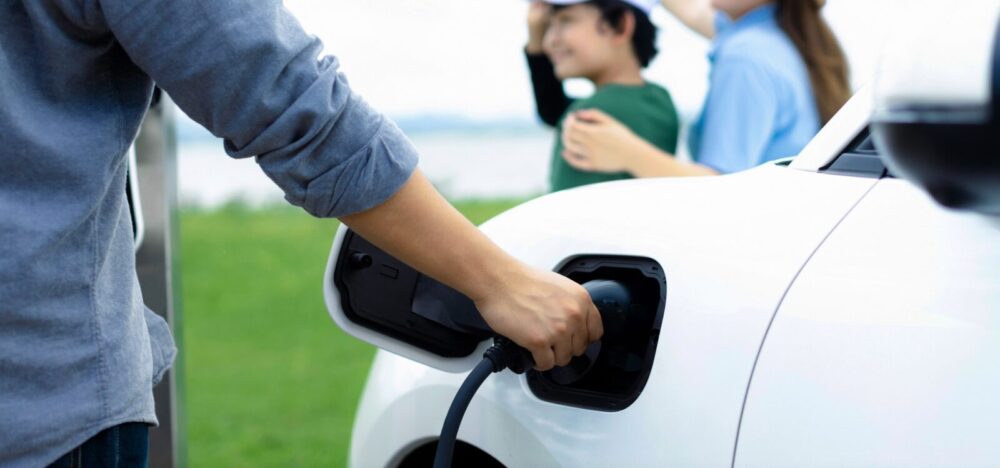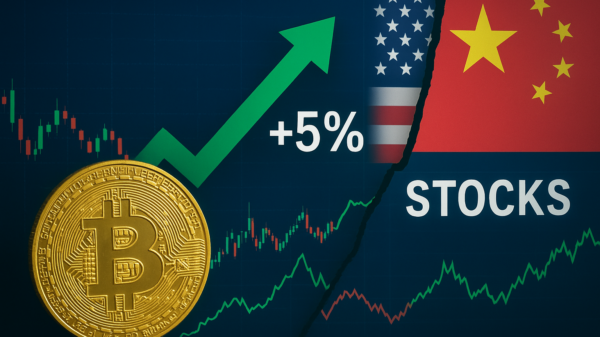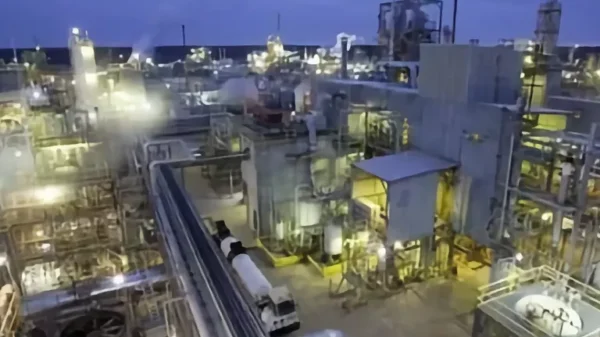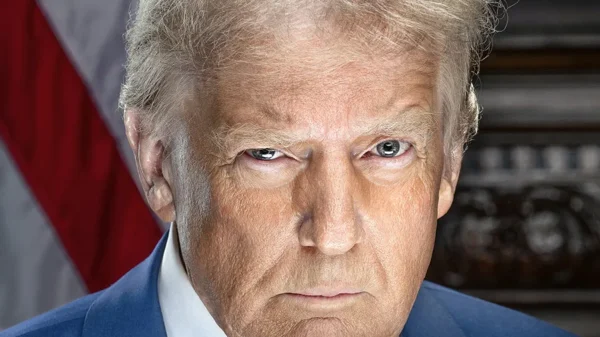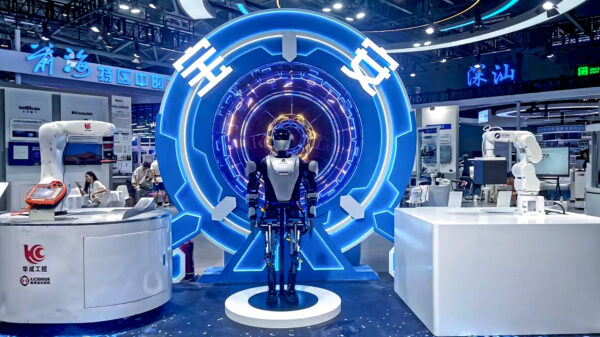Domestic lithium production could grow as much as 10 times by 2030 in China, Europe and the US and still fail to meet demand for electric vehicles (EVs) without imports, according to a new study.
Published in Cell Reports Sustainability on Thursday, the study notes that together, China, Europe and the United States account for approximately 80 per cent of the world’s EV sales. Furthermore, the study notes that the demand is expected to increase.
The team estimated China could need up to 1.3 million metric tons of lithium carbonate equivalent for new EV production. Additionally, Europe might require 792,000 metric tons. The U.S. could also need around 692,000 metric tons.
The team analyzed existing and proposed lithium-mining projects across all three regions. They found China could produce between 804,000 and 1.1 million metric tons of lithium carbonate equivalent by 2030. Additionally, European production could reach 325,000 metric tons. The U.S. could also produce between 229,000 and 610,000 metric tons within the next five years. The results showed that even the most ambitious development plans fall short. None of the regions could fully meet lithium demand through local production alone.
“Lithium today is as important as gasoline in the industrial revolution,” says Qifan Xia, professor at East China Normal University in Shanghai.
“While lithium reserves are substantial around the world, they are distributed unevenly across different countries. So, we were interested in whether the major EV markets could be self-sufficient.”
Read more: Codelco and SQM get regulatory approval for lithium joint venture in Chile
Read more: Environment nonprofits go after Hell’s Kitchen Lithium Project in Salton Sea
Most lithium imports come from Chile and Australia
The U.S. and China could nearly meet their lithium needs if all proposed mining projects start quickly. Additionally, Europe would face the largest shortfall. The team’s computer model showed these regions would also rely heavily on imports.
Currently, most lithium imports come from a few key suppliers, including Chile and Australia. The team—including co-author André Månberger at Lund University in Sweden—warned that rising imports in one region would limit supply for others. This shift could also worsen supply constraints and strain global trade relations. For example, if China’s imports rise by 77 per cent, U.S. imports would drop by 84 per cent and Europe’s by 78 per cent.
Albemarle Corporation (NYSE: ALB) responded by cutting capital spending, shelving a USD$1.3 billion U.S. refinery project, and pausing expansion plans. The company also reduced its workforce to lower costs. Additionally, Albemarle aims to stay competitive during the downturn.
In contrast, Sociedad Quimica Y Minera de Chile (SQM) (NYSE: SQM) leaned into the glut.
The Chilean firm continues producing at high levels and stockpiles lithium in anticipation of future demand. Furthermore, SQM plans to invest over $1.4 billion through 2025. The two companies reflect diverging strategies in navigating today’s lithium oversupply.
In addition to ramping up mining, the study highlights other ways to ease future shortages. For example, adopting battery technologies that use little or no lithium—such as sodium-ion batteries—could help reduce demand while supporting climate goals. Additionally, countries could shift focus from producing personal EVs to promoting public transit. This change would also lessen the strain on lithium supplies.
.

